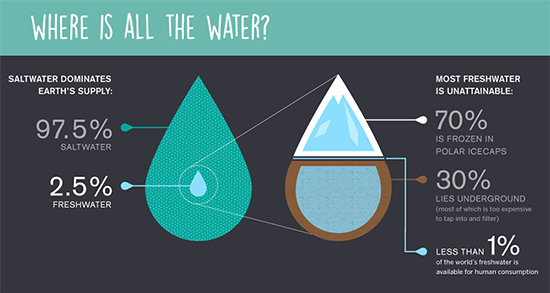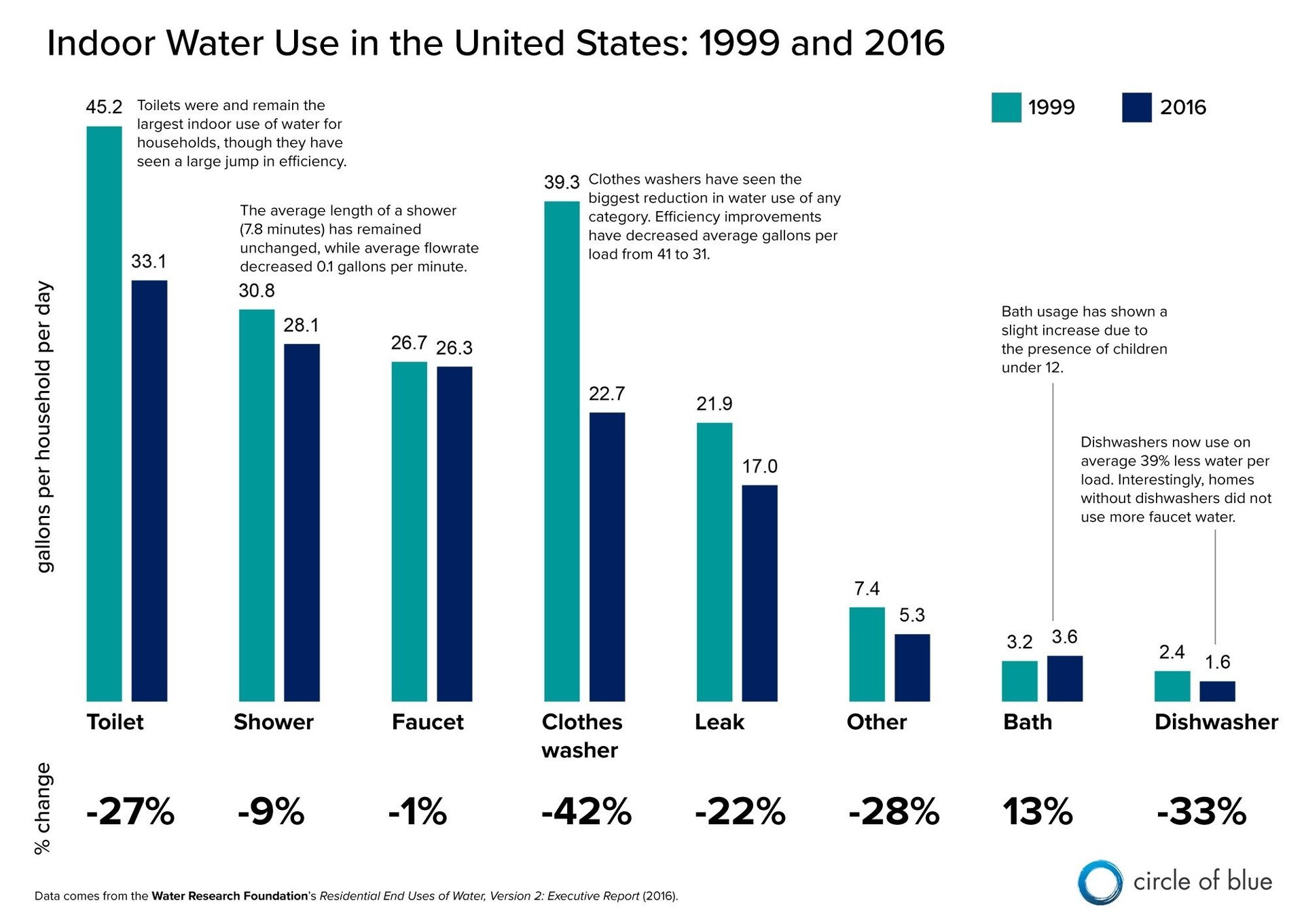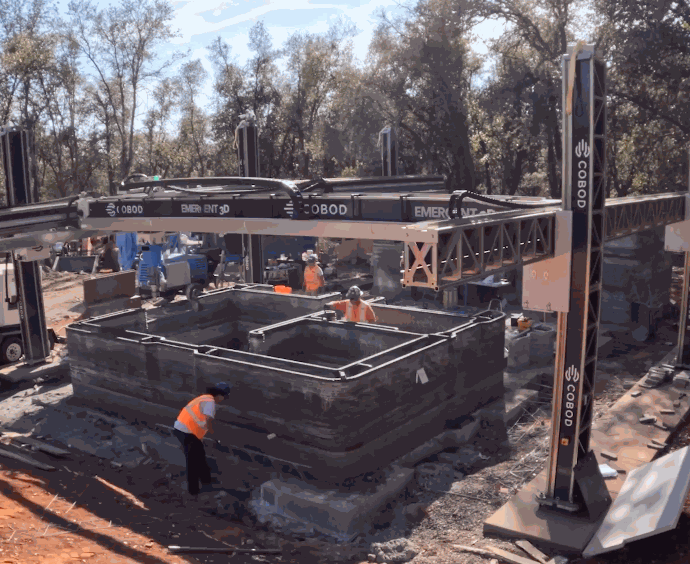Water is a finite resource.
🌎 Fresh water is a finite resource. Although water is the second most abundant substance in the universe, here on Earth it is a limited resource. The image below explains that only 2.5% of all water on Earth is freshwater, and only about 1% of that is currently accessible for human consumption.

On Earth, water occurs in a closed loop, so the amount of it is constant. In your daily life, there are two essential aspects of water use in the home that you need to be aware of: 1) water use consumes a finite resource, and 2) water use adds to your energy load (more info here). In the US and Puerto Rico, home water use breaks down roughly into 60% indoor, 30% outdoor, and another 10% that is lost to leaks. The challenges that we face in Puerto Rico are similar to those faced in many places around the world: increased power generation costs, increasing costs of utility water, public water supply shortages, and water quality issues.
Your house’s water infrastructure allows you to bathe, clean, drink, and cook, and these activities involve various fixtures like dishwashers, toilets, washing machines, faucets, and shower heads. Outdoor fixtures typically include hoses to irrigate gardens, wash cars, fill pools, etc. But it turns out there are other factors, besides fixtures, that studies have shown can contribute to higher water use. These factors are renters (versus home owners), people who live in larger or older buildings, living in a metro area, and those with higher education levels and higher income. Numerous aspects of water conservation impact us at home. Some are indirect, like water distribution by utilities, power generation to pump that water, stormwater management, etc. Others are direct, and these are the ones we want to take a look at. They include rainwater collection, grey-water systems, drinking water, and fixture type. Each of these subjects deserves more time, but let’s take a look at how fixtures help us tackle the problem of water conservation.
The implementation of programs like Energy Star™ and the overall trend towards water-saving fixtures have led to a 22% decline between 1999 and 2016, with the majority of that decline coming from more efficient toilets and clothes washers. In fact, “nearly all the decline in residential indoor water use in the last two decades is due to more-efficient fixtures.”. Low-flow shower heads and faucets are now plentiful and easy to use. We have known for a while that dishwashers use less water than hand washing does, but washing machines have also reduced their water consumption by nearly 50%. It is a good time to upgrade old machines. But simply replacing water-wasting fixtures is not enough to correct and improve standard plumbing practices. Fixtures like low-flow toilets are a good idea, but have you ever asked yourself why I am using potable water to flush my toilet? Reuse makes a lot of sense for wastewater flows, and it requires minimal effort. A simple grey-water system allows homes to recycle the water from the shower, washing machine, and bathroom sink and plumb it back through to the toilets and hose bibs. Grey water systems don’t rely on expensive, toxic chemical treatments and are energy-efficient to run.
So, what can you do? As it turns out, a lot! Not on a global scale, of course, but you, your family, and your neighbors can take positive steps that will create a cumulative impact for the better. We are tackling it from an infrastructure-of-the-home perspective.
By reducing the amount of freshwater we consume, we help to keep that water in the aquifers, reduce household expenses related to water and electric bills, and cumulatively, we balance how much and how we consume a precious and finite resource.
Dig deeper, select sources:
- Walton, Brett., “Study: Efficient Fixtures Cut U.S. Indoor Water Use.” Published on April 25, 2016. https://www.circleofblue.org/2016/water-management/infrastructure/study-efficient-fixtures-cut-u-s-indoor-water-use/
- Yu Xue, “Sociodemographic patterns of household water-use costs in Puerto Rico.” Published on April 18, 2015. https://doi.org/10.1016/j.scitotenv.2015.04.043
- DeOreo, William B, Peter Mayer, Benedykt Dziegielewski, and Jack Kiefer., “Residential End Uses of Water, Version 2, Executive Report. Water Research Foundation. Published April 2016. https://www.circleofblue.org/wp-content/uploads/2016/04/WRF_REU2016.pdf
- Project Drawdown: https://www.drawdown.org/solutions/materials/water-saving-home
https://water.usgs.gov/edu/qa-home-percapita.html
Information provided by FOA http://www.fao.org/3/u8480e/U8480E0c.htmhttps://courses.cit.cornell.edu/crp384/2009reports/White&Chung_Gray%20Water%20Reuse.pdf


